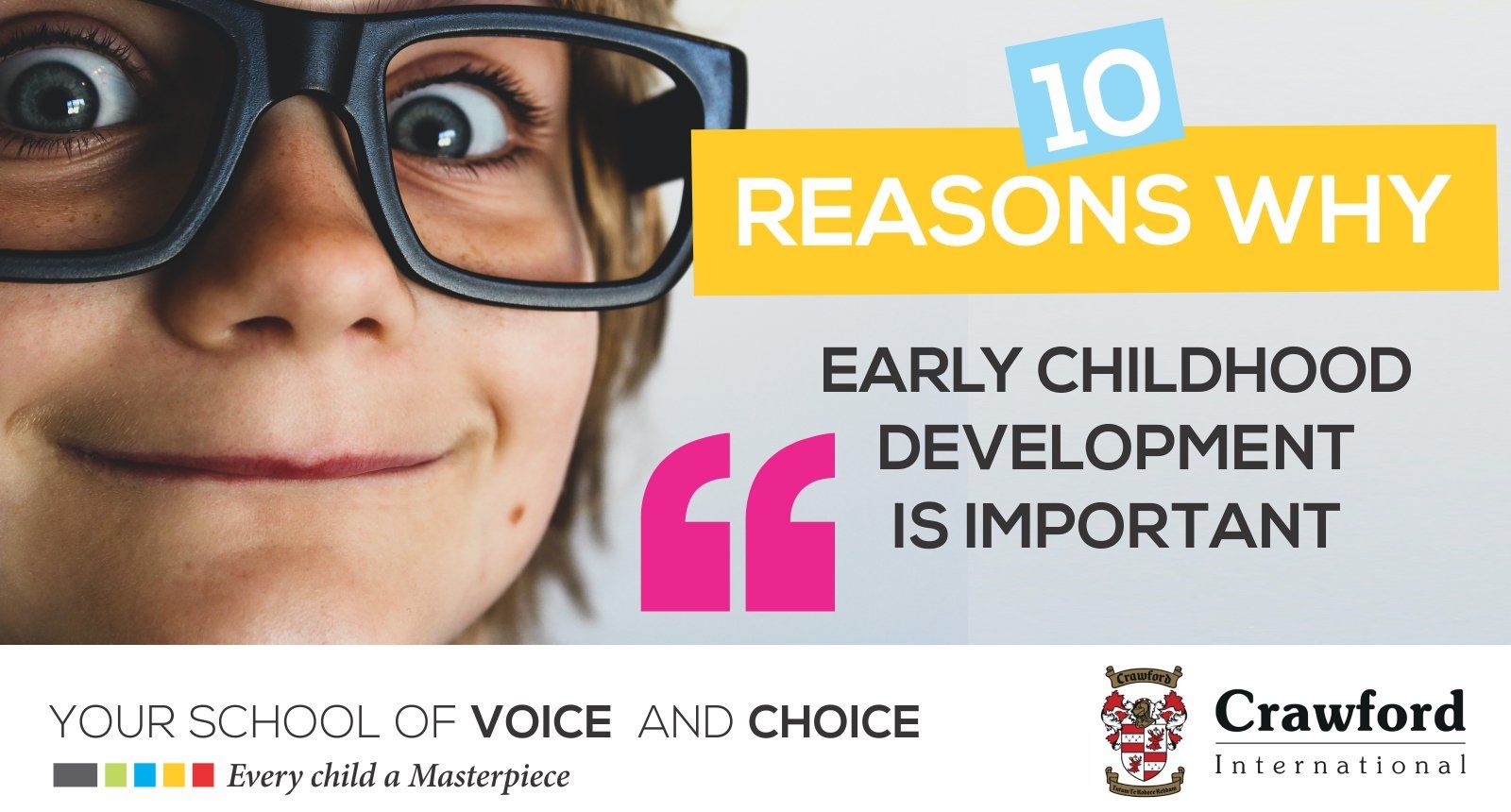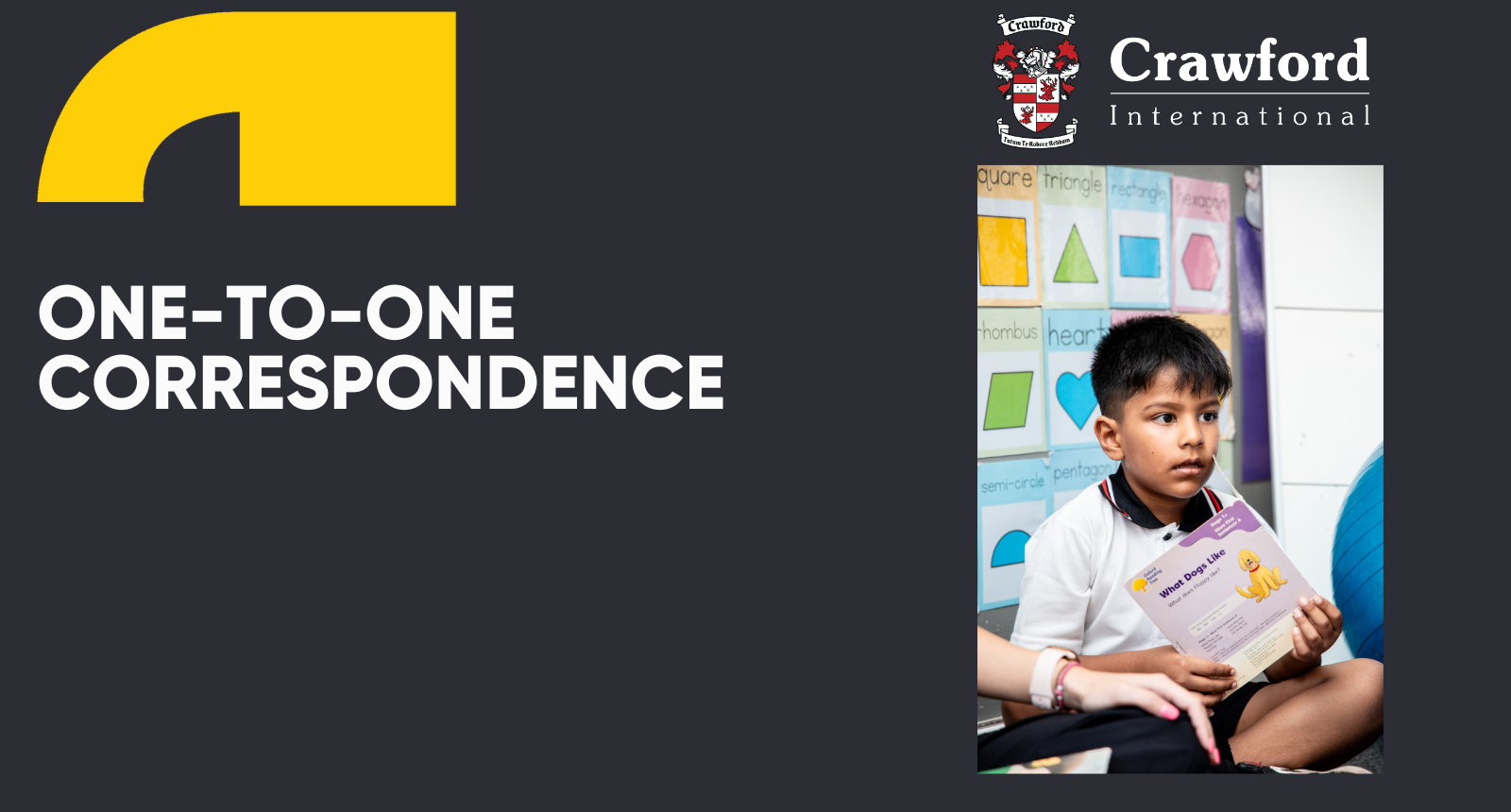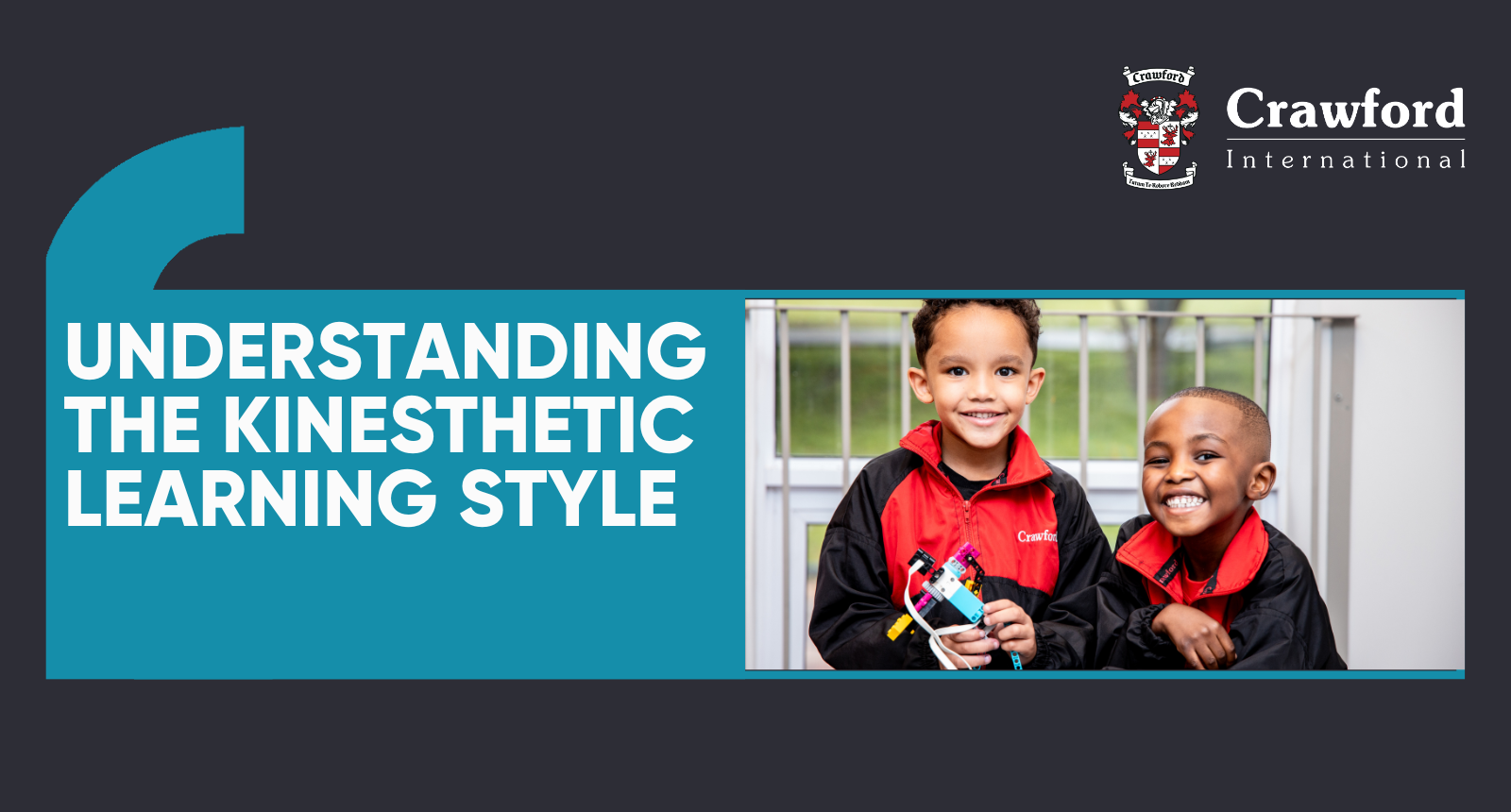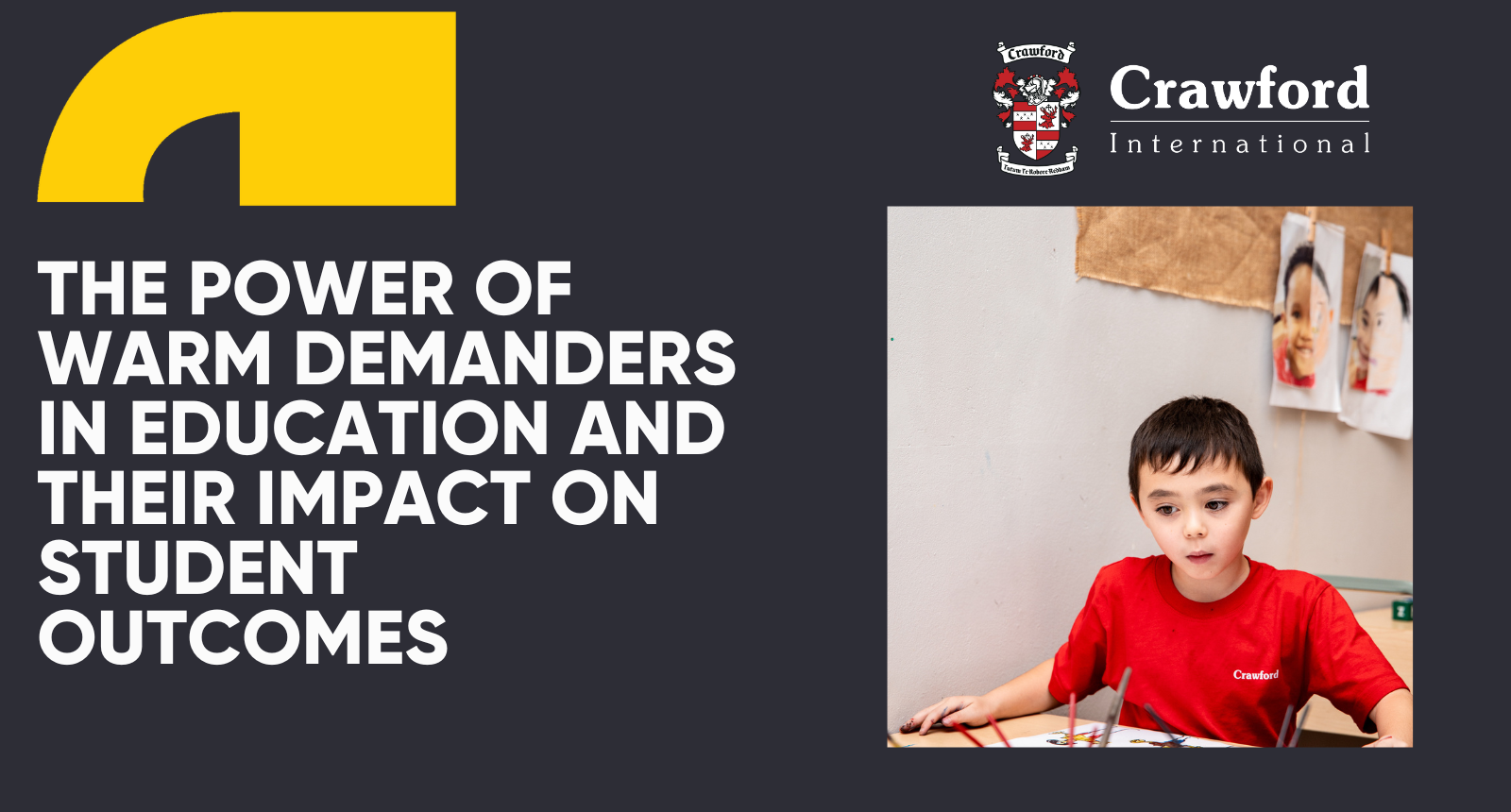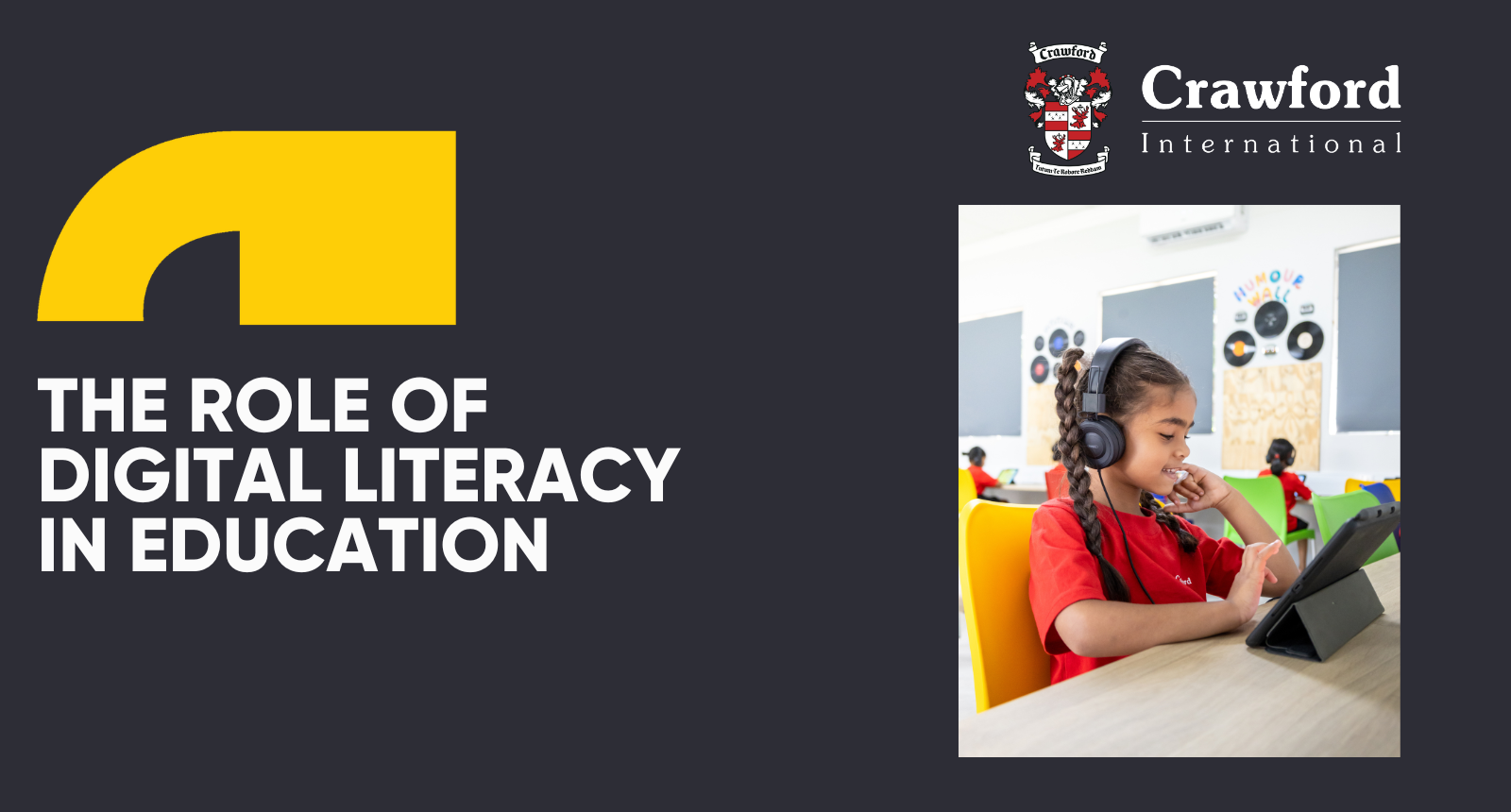A breakdown of the 6-stages of play
December 2, 2022
It’s may look like all your young child does is have fun, but play is an important part of their development.

By playing they’re engaging with their world and learning about how it works. Their physical, cognitive, and social skills are also increased and they learn important life skills such as resilience, problem-solving, sharing, confidence, and conflict management.
What’s more, how they play is an important factor of their development.
In 1932, Mildred Parten, an American professor of sociology, saw that children go through progressive stages of play from infancy to school-going age. By watching children play, she saw that they play a little bit differently at different ages, particularly when it came to playing with others. Here’s what these six stages are and what they mean:
Stage 1: Unoccupied play
Age: From birth
Young babies don’t really look as though they’re playing, but those seemingly random arm, leg, hand, and feet movements are part of this very first stage of play development. This phase is really all about your baby observing their world and their body and learning about how it moves and what it does. They then move on to pick toys up, shake toys, and reach out to their mobile or hanging toys.
Stage 2: Solitary play
Age: Anywhere from 3 months to 3 years
The next stage, also called Independent Play, and starts when your child can play alone for a period of time and focus solely on that activity. They’re also not really interested in other children around them as they play. It can start in infancy but its more common in toddlers from the age of 2.
They tend to enjoy unstructured play that doesn’t obviously seem to have an objective now. Solitary play is really the time where tots are working on their own skills, with motor skills both fine and gross, coordination, tactile skills and decision-making coming to the fore.
Read our Crawford International blog article about solitary play here.
Stage 3: Onlooker play
Age: From 2 years
You’ll then notice your child sits close to others, watching other children as they play, but not yet joining them. This is a sign that a child’s interest in the social aspects of play is starting to blossom. They may talk about the other children’s play, ask the children questions about it, even make suggestions about how to do things, but they will not engage in the actual play themselves.
Stage 4: Parallel play
Age: From 3 to 4 years
This stage is called parallel play because a child plays next to or close to others here, even sharing toys or blocks with them, but not actually playing together with other children. It looks like they’re not interacting with each other, but they are certainly paying close attention to each other. This is all part of their developing social skills, and this is usually around the time many parents start playdates with others.
Stage 5: Associative play
Age: From 2 to 3 years
As a child moves from being content to play in the vicinity of others, they start to engage with their peers in this phase. They’re still not yet to engage in a shared activity, but they do interact with other children by talking to each other, asking questions, and willingly sharing with others. It’s the very start of learning establishing friendship and working cooperatively with others. However, a child will still be largely focused on achieving their own play goals while working side by side.
Stage 6: Cooperative play
Age: From 4 to 6 years
In the last stage of play development children start to play with each other, sharing the same game or activity, and collaborating to achieve a common goal. Think of sports, imaginative play where each child is assigned a role (such as a superhero, or animal, or job to do), and there are rules to follow, board games, etc.
While they are comfortable playing with others, their social skills are still developing so it won’t all be smooth sailing. A child still needs guidance and support in aspects like taking turns, compromising, how to deal with achievements and disappointments, and the like.
In Conclusion
It’s important to remember that these are the broad stages of play that have been identified, and each child is unique. Any individual child may do things earlier or later, or do things differently, and so experts use these stages as a general tool with which to track a child’s development. But it’s not their only tool, so if you have any worries about your child’s development always talk to their teacher and/or paediatrician for advice and possible next steps.



